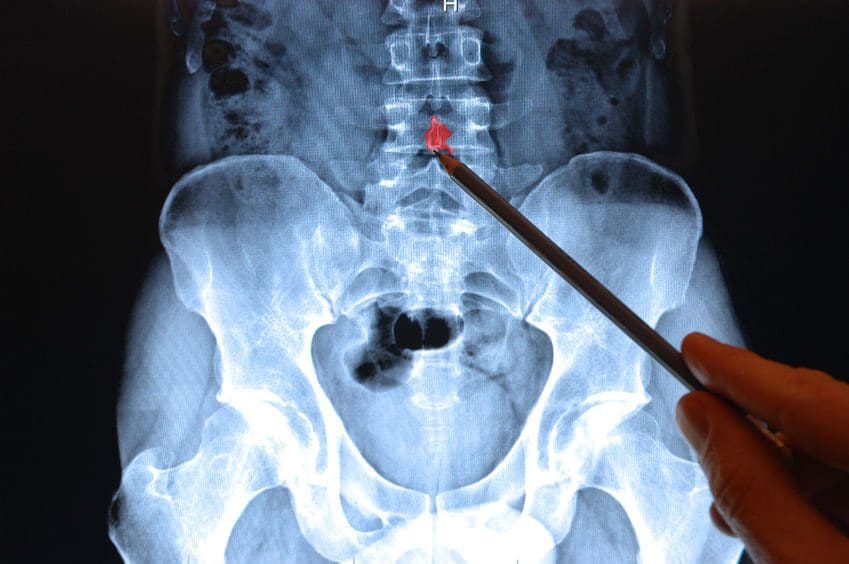Low back pain is one of the most common ailments for people visiting a doctor or an urgent care clinic. When the back pain becomes intense it can get you thinking something is seriously wrong with your back. The doctor might offer an x-ray or MRI scan to put your concerns at ease.
Fortunately, most cases for low back pain even acute pain improve within days or a few weeks. Most cases are remedied with chiropractic, physical therapy, heat/ice therapy and rest. And a lot of these cases do not require any form of spinal imaging. However, there are those reasons when X-ray, MRI, CT scans are necessary to figure out what's going on.
- Strained muscle
- Sprained ligament
- Poor posture
Back Pain Lasting Longer Than 2/3 Weeks
Subacute pain lasts between 4 and 12 weeks while chronic back pain lasts 3 months or longer. These are not indications of a serious low spinal condition.Less than 1% of people with low back pain are diagnosed with a condition that may require spine surgery like:
- Cauda equina syndrome
- Spinal infection
- Metastatic spinal cancer
X-rays or MRI's for Diagnosing Low Back Pain
Doctors may recommend an x-ray or MRI if the low back pain was from a traumatic injury, like a:- Slip
- Fall
- Automobile accident
The diagnostic process starts with the evaluation of the low back symptoms and how they relate to what was found during the:
- Physical exam
- Neurological exam
- Medical history
A Low Back X-Ray/MRI
X-ray spinal imaging is best at detecting bony structural problems but not so great with soft tissue injuries. There are X-ray series that may be performed to diagnose vertebral compression fractures like.- Anterior
- Posterior
- Lateral views
Symptoms, Co-existing Medical Diagnoses, and Conditions that may Require Spine Imaging
Neurological symptoms
- Low back pain that radiates, fans out or downward into the buttocks, legs, and feet
- Abnormal reflexes in the lower body can indicate nerve disruption
- Numbness, tingling, and possibly weakness develop
- Inability to lift your foot aka foot drop
Co-existing medical diagnoses and conditions
- Cancer
- Diabetes
- Fever
- Osteoporosis
- Previous spinal fracture
- Spine surgery
- Recent infection
- Immunosuppressant medication use
- Corticosteroid medication
- Weight loss
X-ray Radiation Exposure
When undergoing an x-ray, the radiation not absorbed by the body creates the image. The radiation dose is the same amount every time you undergo an x-ray. Radiation to your entire body is measured through the millisievert (mSv) also known as the effective dose.The effective dose helps a doctor measure the risk for possible side effects of radiographic imaging:
- CT scans use radiation as well
- Certain body tissues and organs in the lower back are sensitive to radiation exposure like the reproductive organs.
MRI Radiation-Free Why Not Just Use This Test All The Time
MRI's cannot be used on all patients because of its powerful magnet technology. Pregnant women or individuals that have metal inside their body like a spinal cord stimulator, heart pacemaker, etc cannot be scanned with an MRI.MRI testing is also expensive, doctors do not want to prescribe unnecessary tests that increase costs. Or because of the fine detail that MRI's provide, sometimes a spinal issue can look serious but is not.
Example: An MRI of the lower back reveals a herniated disc in a patient that has no back/leg pain or other symptoms.
This is why doctors bring all of their findings like the symptoms, physical exam, and medical history to confirm a diagnosis and then create the custom treatment plan.





